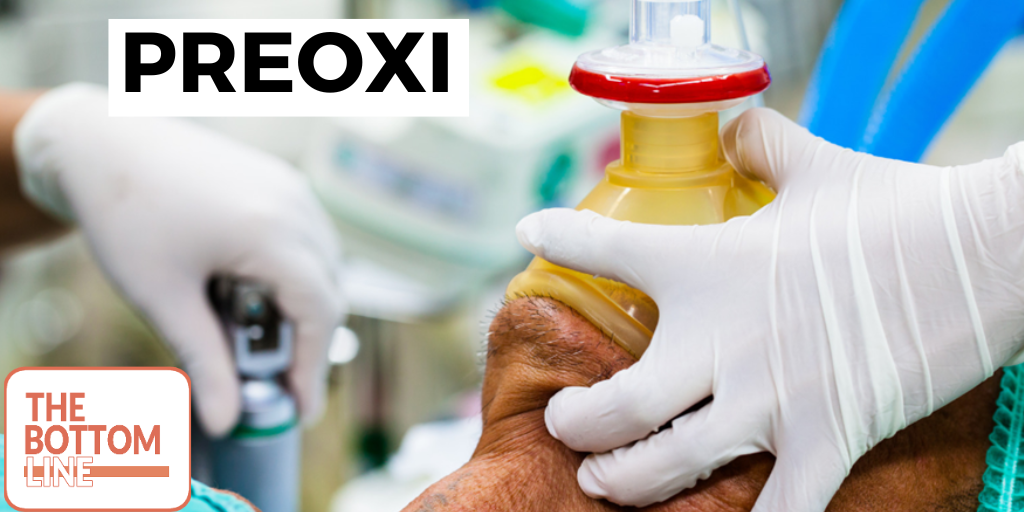Revision Resources
Recent Posts View All
August 24 FOAMed
Cerebral Malaria

A 5-year-old female presents to the ED after a first-time seizure. On arrival to the ED the patient is unresponsive to voice and painful stimuli but is still protecting her airway. Vital signs are notable for a heart rate (HR) 140 bpm, blood pressure (BP) 70/40 mmHg, respiratory rate (RR) 35 breaths/minute, temperature 39° C, and O2 saturation 96% on room air. On examination, she is noted to have dry mucous membranes, prolonged capillary refill, and skin tenting. She is tachycardic with a regular rhythm and no murmurs, rubs, or gallops, and lungs are clear to auscultation. Her abdomen is soft and nontender to palpation. On neurologic examination, the patient’s pupils are equally round and reactive, and she is normoreflexic. There are no obvious meningeal signs. Her Blantyre Coma Scale (BCS) score is 0. A glucose check at the bedside is within normal limits.
Infective Endocarditis

Infective Endocarditis (IE) is an infection of the endocardial surface of the heart, usually one or more heart valves or an intracardiac device. IE can be “acute” with rapid and extensive heart valve damage (high virulence) or “subacute” and progress over weeks (low virulence).
Infective endocarditis is rare, with an incidence of 3-10/100,000. However, with a reported 15-30% in-hospital mortality, it remains an important condition for physicians to know about and recognise.
There are new(ish) predisposing factors, including valve prostheses and intracardiac devices, IV drug use (hopefully less of an issue within our paediatric population, but notable none-the-less), and an increase in the use of invasive procedures at risk for bacteraemia. This is especially important for healthcare professionals, as healthcare-associated infective endocarditis accounts for up to 30% of cases.
NIV for Preoxygenation

Clinical Question – In critically ill patients undergoing tracheal intubation does pre-oxygenation with non-invasive ventilation compared with pre-oxygenation with an oxygen mask reduce the incidence of hypoxemia during intubation?
Steroids in Preschool Wheeze

Pre-school wheezers remain a poorly understood cohort of children despite seeing them every day in paediatric EDs. Unfortunately, the number of acute wheeze exacerbations coming through the doors is still rising, but are we equipped to manage these children?
In the UK, national guidance advises giving oral prednisolone early when treating paediatric asthma attacks. If the child doesn’t have a diagnosis of asthma but does have severe symptoms, steroids are still advised. However, they should be used with caution if the child ends up having multiple courses of oral steroids for frequent episodes of wheeze associated with viral infections.
When is it no longer bronchiolitis, and when does it become asthma?
Are you sure you wish to end this session?

